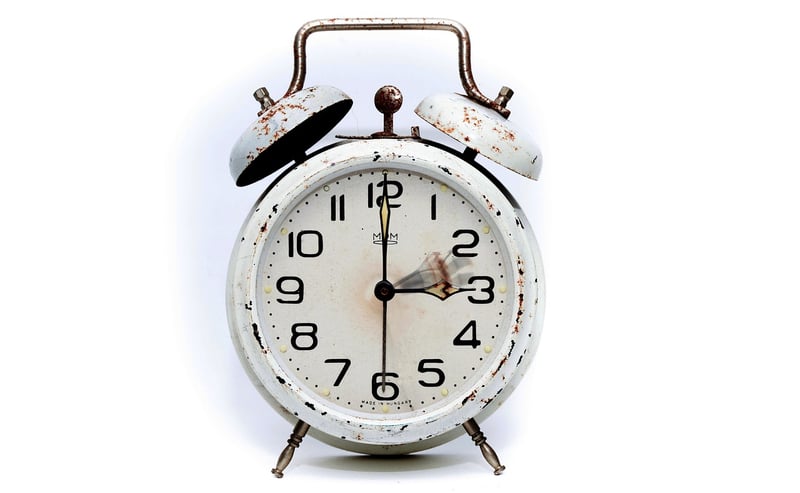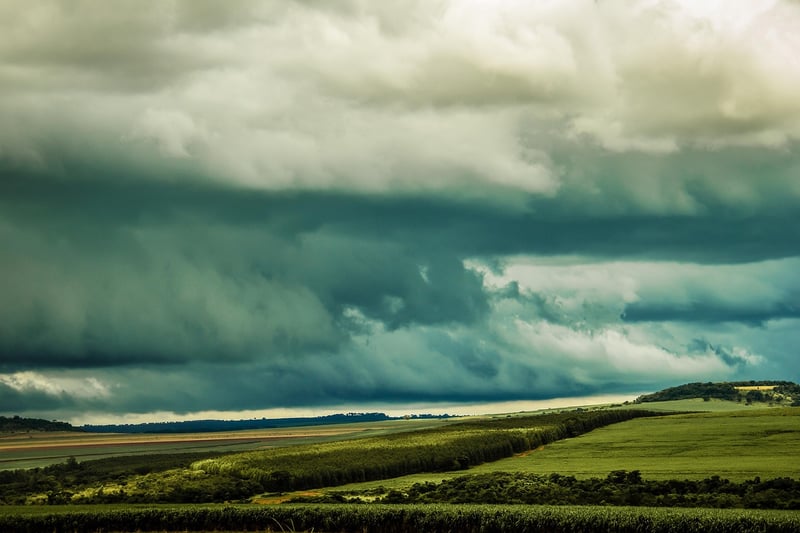Temporal Loops
Understanding Time Shifts and Temporal Loops
Time travel has been a fascinating concept in science fiction for decades, captivating audiences with its intricate possibilities and paradoxes. Two common themes within time travel narratives are time shifts and temporal loops. Let's delve into what these concepts entail and how they shape the stories we love.
Time Shifts
Time shifts refer to the movement of characters or objects between different points in time. This could involve traveling to the past or future, altering historical events, or interacting with one's past or future self. Time shifts can create complex storylines filled with twists and turns as characters navigate the consequences of their actions across different temporal settings.
Image source: Time Travel

Temporal Loops
Temporal loops, also known as time loops, are recurring sequences of events where time repeats itself. Characters find themselves stuck in a loop, experiencing the same moments over and over again, often with slight variations. These loops can be a source of both mystery and frustration for characters as they strive to break free from the cycle.
Image source: Clock and Watches

Implications and Paradoxes
Both time shifts and temporal loops raise intriguing questions about causality, free will, and the nature of time itself. The butterfly effect, where small actions in the past can have significant consequences in the future, is a common theme explored in time travel stories. Paradoxes such as the grandfather paradox, where one's actions in the past could prevent their own existence, add layers of complexity to these narratives.
Whether used for dramatic effect, philosophical exploration, or sheer entertainment, time shifts and temporal loops continue to captivate audiences and inspire creative storytelling across various media.
For more captivating images and stories related to time travel, check out Pixabay.
